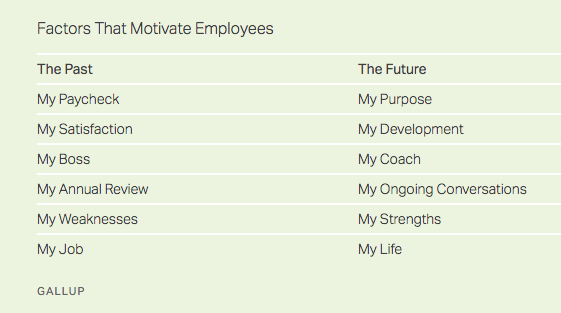Working in conjunction with Hospitality Rising and Zonal, Feed it Back recently sent out an employee engagement survey. The survey was sent to employees of a whole host of operators within the hospitality sector. It asked them what they’re loving about being employed in hospitality, what improvements they want to see and what the future holds for them.
The survey results will play a HUGE part in helping the industry understand how we can help attract more people to work in the sector and retain more of our superstars.
Following the release of the results, we discuss “Are we engaged enough in engagement?” with Abi:
I love how much we are discussing engagement as an industry. It’s everywhere.
The pain of the recruitment crisis has turned our heads to solutions for retention and rightly so. With the shocking <12-week turnover stat sitting at over 60%… keeping people has become priority number one and aside from the cold hard stats of turnover, employee engagement feels like a lovely place to be….. measuring the stuff that makes it better!
Unless, that is, the data comes back and says no one is engaged……Oh.
Not entirely true, but if we were to look at the employee net promoter score (eNPS) from last month’s “Feed it Back” survey you would be forgiven for thinking this.
If you know how eNPS works skip past the bullet points…..but I talk to plenty of people who don’t so this, my friends, is for you…
Everyone gets asked ‘How likely are you to recommend your company as a good place to work?’. Those answering the question score their company with a mark out of 10.
What do the scores mean?
- If you score 9 or 10 you are a promoter (someone who will shout from the rooftops how fabulous the company is to work for).
- If you score 7 or 8 you are ignored (someone who is passive and, on paper, makes no difference to the reputation of the workplace).
- If you score 6 or below, you are a detractor (we want to avoid this, these are the people who will talk about how bad the company is to work for)
How do we calculate overall eNPS?
- To calculate eNPS subtract the # of detractors from the # of promoters.
- E.G if 30 of the respondents are detractors and 60 are promoters your NPS would be 60-30 = 30 eNPS.
- Anything over 30 is considered good.
Feed it Back fed back an overall eNPS of -1.
In an industry in desperate need of talent, an industry packed with sunshine yellow energy, packed with creativity and love, packed with young people looking to enjoy their job – we should be better.
Why does it feel like things aren’t changing quickly enough? Why do we still feel behind other sectors when it comes to employee engagement?
Sure, you could argue that we have some archaic leadership styles that focus on outdated ways to engage employees. That we are imposing our views on what engaged us ‘back in the day’ on to our highly attuned gen Z.
When you consider the research of the Gallup Organisation (the OGs of workplace engagement) who clearly outline what’s important to our workforce of old and of 2023, you may start to build a picture of where we are going wrong.

But its only part of the tale.
What’s surprising is that we talk to hundreds of general managers; they know how motivators work and how to keep their teams engaged. They say all the right things.
So, what are we missing?
What appears to be missing, is the onus or importance they place on this as a key business measure. Let me explain.
Managers aren’t talking about engagement data. At best they know their employee turnover, at worst only revenue or EBITDA. From an outsider looking in, eNPS is not cultural nor commonplace. It’s a people department measure and to date, isn’t spoken about across other departments including operations.
It begs the question then…. why? If we know this is such an important measure why are people teams finding it hard to make it part of a company’s strategic plan? Why isn’t every board in the land talking about this? It certainly feels like it’s more widespread as a guest satisfaction measure.
In the last two weeks, I have asked six people leaders of reputable hospitality operators what they have correlated their eNPS with. What patterns have they seen when measuring site eNPS against L4L sales, EBITDA, employee turnover, guest NPS etc.
The answers? No one was correlating with anything.
Some because they hadn’t considered it, some because they hadn’t had the time and some because they were unable to as they couldn’t define their results by site. Too much data had come from ‘I’d rather not say’ when asked which site someone worked at, to get a valid result.
This has been keeping me up ever since.
If we can’t prove the power of employee engagement by correlating eNPS with other business measures, how will we ever get the buy-in this measure deserves? If we can prove that if we focus on behaviours that improve employee engagement, we will improve retention, which in turn improves our guest NPS, which in turn improves our profits – then surely this starts to become a more futureproofed industry?
So, to answer the question “Are we engaged enough in engagement?” No, I don’t think we are, I think we want to be, but I think there’s a long way to go to get it right…
Want to include your thoughts? Share them with us here.
